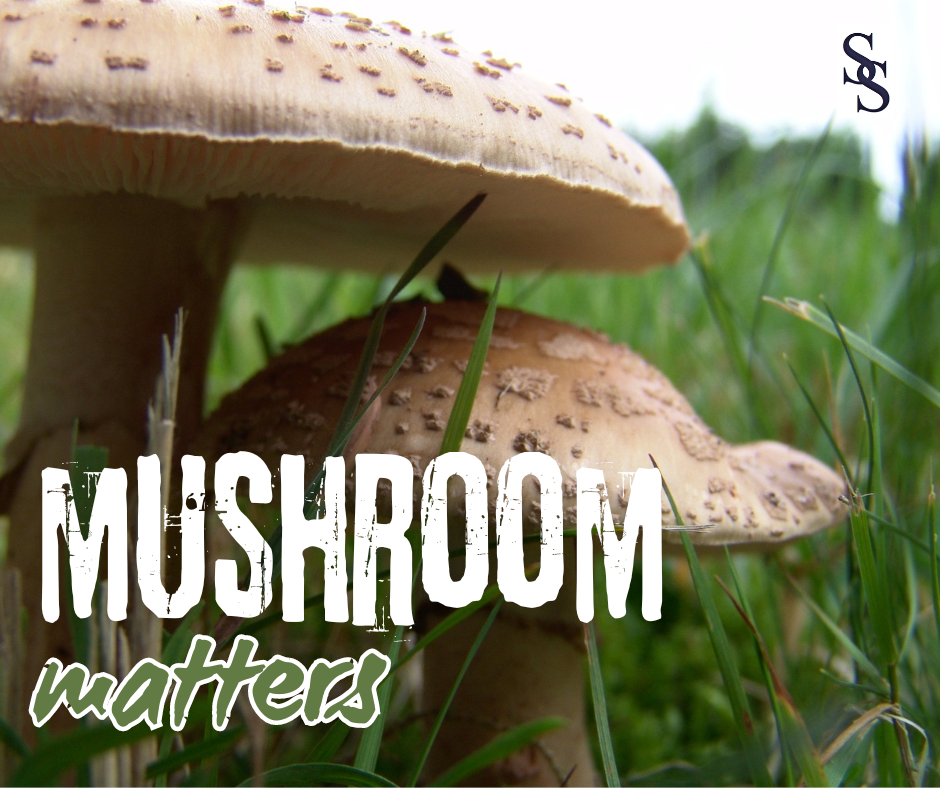Are you watering correctly? - When it comes to irrigating lawns during hot summer months, improper techniques can hurt your grass more than help it. Overwatering, irrigating at wrong times of the day, and watering too often can be ineffective and—at times—downright harmful. Our summer irrigation advice will help your lawn soak in the fun during the heat!
Best time to water grass in Summer - Watering on a hot summer afternoon is a horrible idea. The liquid will evaporate too quickly and may not reach your grass’s roots, so heat and irrigation shouldn’t go together. Instead, the best time to water grass during summer is in the morning. The ideal time for morning watering is before 9 AM. The weather should be cool enough for the nutrients to get to the soil, allowing your turf to stay refreshed. Additionally, your turf will have the whole day to dry, and the calmer winds will keep the water from blowing away. Even though nighttime may also have cooler conditions, evening irrigation could lead to lawn disease and attract pests. When it comes to showering your yard with the gift of nutrients, stick to the AM.
Watering Frequency - So, how often should you water your lawn in the summer? The answer may surprise you. Between irrigation and natural rainfall, your grass should receive between 1 and 1.5 inches of water each week during the summer. Water deeply every other day for the best results. Your turf should receive about 1/3 an inch of water every two days in order to maintain deeper roots, thus helping protect against drought. You should not water your grass every single day for a few minutes, as this could leave it susceptible to drought over the long haul.
Sprinkler Check-Ups - Having sprinklers that correspond to the size and shape of your yard is important for proper watering. Below is a list of various sprinklers:
Stationary sprinklers – used to water small patches or specific areas of grass
Rotary and impact sprinklers – used for medium to large lawns in a circular motion
Oscillating sprinklers – produces a fan of water for a rectangular area
Make sure your sprinklers apply water evenly throughout the yard. To do this, follow these steps.
Take an empty tuna can and place it in the midst of one of your sprinkler’s patterns. Run the system for a set amount of time and take note of the can’s water level. Repeat this process with each sprinkler for the same amount of time.
If the tuna can collects about the same amount of water in each trial, you’re in good shape. If not, adjust your sprinkler system to establish more consistent water coverage.
















